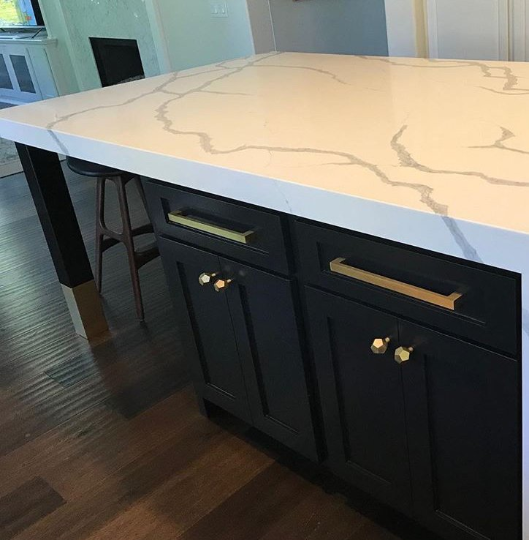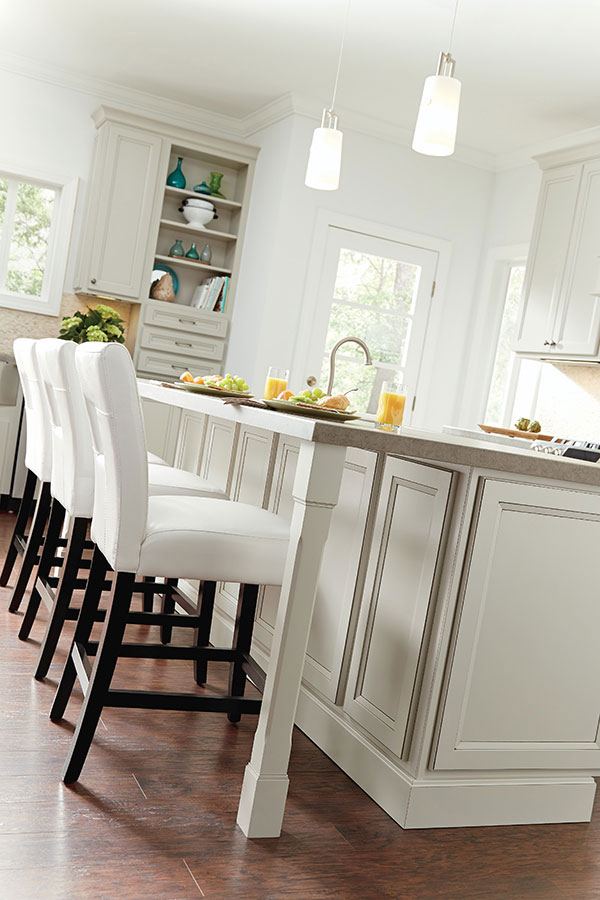High-grade Kitchen Island Legs for a Sturdy Island Base
High-grade Kitchen Island Legs for a Sturdy Island Base
Blog Article
Important Tips for Selecting the Perfect Table for Your Kitchen
Picking the best dining table for your cooking area is greater than simply a matter of preference; it necessitates a comprehensive understanding of your space and requirements. Begin by determining your readily available area to guarantee enough clearance for movement. The form of the table plays a critical role; while rectangle-shaped tables suit larger locations, rounded ones foster affection, and extendable options use flexibility. Product choice is just as vital, with woods offering longevity and glass financing a modern touch. Lastly, the table needs to harmonize with your kitchen area's aesthetic appeals and fit your family members conveniently. What other elements might influence this essential choice?
Procedure Your Area
Choosing the suitable eating table starts with a precise evaluation of your offered area. This foundational action ensures that the table not only fits comfortably within the area however also complements the overall format and capability of your dining area. Begin by gauging the dimensions of the area, thinking about doorways, windows, and any kind of existing furnishings. This will help you determine the maximum permitted size for your table.
It is crucial to leave sufficient room for chairs to be pulled out and for people to relocate around the table without blockage. A basic rule of thumb is to allow at the very least 36 inches of clearance from the side of the table to the closest wall surface or item of furniture.
In addition, consider the number of people you usually amuse and whether you need added room for guests. Choosing for an extendable table can provide flexibility, permitting you to accommodate varying varieties of restaurants. By accurately gauging your area, you lay the foundation for selecting a table that improves both the aesthetics and performance of your eating location.
Choose the Right Forming

On the other hand, round tables are excellent for smaller kitchens or intimate events, as they promote discussion by allowing everybody to deal with each various other. They likewise give a sense of comfort and can fit well in tighter rooms as a result of their absence of sharp edges. Oblong tables supply the very best of both globes, combining the length of rectangular tables with the intimacy of rounded ones, making them flexible for different settings.
Square tables are one more choice, especially fit for square-shaped rooms. They produce a in proportion and modern appearance, promoting an equivalent dining experience for all seated. Nevertheless, they may be less practical for bigger events unless they include extensions. Ultimately, the form you pick must line up with your area measurements and way of life to guarantee both form and feature.
Material Considerations
When picking a check my source dining table, material factors to consider are extremely important in establishing the table's durability, upkeep requirements, and overall visual. Wood is a timeless option, offering ageless allure and toughness. Hardwoods like walnut, oak, and mahogany are particularly sturdy, though they can be costly. kitchen island legs. Softwoods, such as want, are much more budget friendly however might be prone to damages and scrapes.
Glass-topped tables supply a modern-day, streamlined look and can make a room appear bigger as a result of their openness. However, they need regular cleansing to prevent spots and fingerprints. Additionally, solidified glass is suggested for its extra toughness and safety.

Lastly, composite materials like MDF (Medium-Density Fiber board) or plywood are economical choices. These products can imitate the appearance of strong timber yet may not provide the same longevity. They are generally easier to clean yet can be at risk to water damages if not properly secured.
Inevitably, the choice of product need to line up with your kitchen area's style, your way of living needs, and your budget plan constraints. (kitchen important link island legs)
Seats Capability and Comfort
How do you establish the best seating capacity and convenience for your table? This essential action includes assessing both the physical room readily available in your kitchen and your family's functional needs. Begin by gauging your kitchen location to ensure the table fits easily, permitting at the very least 36 inches of clearance around it for simple motion. Consider the variety of people who typically eat together, as this will influence the table dimension. For a household of 4, a rectangular table of 48 inches long or a round table with a 48-inch diameter is usually enough.
The elevation of the table should ideally be around 30 inches, offering a balanced ergonomic stance for seated diners. Chairs should have a seat height of 18 to 20 inches to make sure a comfy dining position.
Style and Aesthetics
Selecting an eating table that matches your design and appearance entails stabilizing individual taste with the existing style of your eating area. The table is typically the focal point of the kitchen area, and its style ought to enhance the total motif of the space. Whether your kitchen area boasts a modern, minimal look or a rustic, farmhouse charm, the table you pick must balance with these aspects to create a natural and welcoming atmosphere.
Consider products meticulously; wood uses an ageless appeal and can vary from rich mahogany for a typical want to lighter oak for a modern feel. Metal and glass tables, on the various other hand, can present a streamlined, industrial edge to your cooking area. Don't neglect the table's form-- rectangular tables are classic and functional, while round and oblong options can cultivate a more intimate eating experience.
Furthermore, pay attention to details and surfaces. A troubled surface could add personality and heat, whereas a glossy surface area can add to a tidy, modern aesthetic. Inevitably, your dining table must not only in shape perfectly right into your kitchen's style but likewise reflect your individual design, elevating the area both functionally and aesthetically.
Final Thought
In verdict, picking the perfect dining table for a kitchen necessitates careful evaluation of space, shape, product, seating ability, and visual consistency. Eventually, a well-chosen dining table promotes a welcoming atmosphere and click to read accommodates the household comfortably, hence boosting the dining experience.

When choosing an eating table, material factors to consider are extremely important in establishing the table's longevity, upkeep demands, and general aesthetic. For a family members of four, a rectangle-shaped table of 48 inches long or a round table with a 48-inch size is typically enough.
Don't neglect the table's form-- rectangular tables are versatile and traditional, while round and oval choices can promote a more intimate eating experience. kitchen island legs.
Report this page